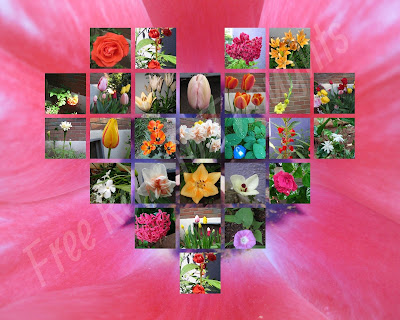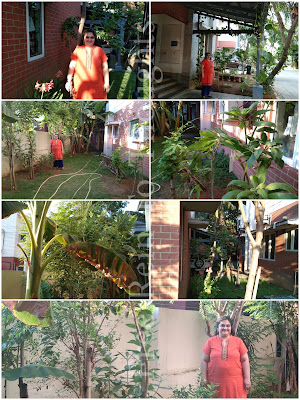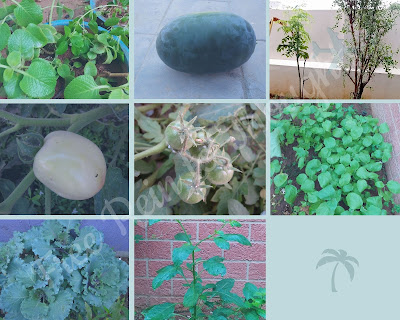Natural Stressbuster
When you are stressed in your daily chores, I have heard many say that taking a quick walk bare foot on Earth and feeling the soil/grass, gives us a much-needed grounding to bounce back. Based on my personal experience, this statement is certainly true. When I am in my home garden, working on the preparation of the soil bed, and caring for the plants (with trimming, weeding and such activities), I lose myself among the calmness of Mother Nature and revel in its beauty and wonder. The green of the garden (among the rest of the colours) is also pleasing to the eyes & mind and has the capacity to calm every other raging emotions. The cool touch of wet earth/grass on my bare foot makes me want to take a deep breath that sends me a message of affirmation that everything is okay, and my Earth will keep me company all my life and embrace me beyond, eliminating the feeling of loneliness.
Also, when we have blooming flowers in our garden (specifically Tulips while in the US, Dahlia, Roses and others), the beauty of the different colours of bloom was like the garden was smiling at us. Never failed to bring a smile to our faces whatever we were feeling till that instant.
Exhilaration of Creating
The same activities of making the garden bed and caring for the seeds/saplings sown that ground me also give me a high with a sense of exhilaration when I see the shrub/herb/tree flower, laden with fruits of labour and care. Makes me feel that I have done my job as a carer right for the ground and plant flourish. It is the same feeling of seeing your child grow and achieve. This plant/tree is in a sense my child as well.
Good Health
Gardening is the best combination of physical, mental, and emotional workout that you can ever have in one single activity.
By staying outdoors, you are absorbing natural source of Vitamin D (directly from the Sun) that helps in strengthening of bones & immune system. This also benefits weight loss as per some and helps in reducing depression. Depending on the geographical location, make sure that you step out in the right kind of sun to benefit from it.
The physical activities that you would involve in while gardening in activities like, prepping the garden bed, sowing, weeding, watering, trimming, cleaning debris & getting rid of pests, and finally reaping the fruits of this labour also helps in physical fitness and weight reduction as different parts of your body (and hence different muscles) are used.
It can also be a family bonding activity that enhances the emotional connectedness of the family members, especially with the younger ones. While doing so, it also serves as a tool of destressing thereby bringing a holistic wellbeing for the entire family and understanding the science behind it. The same can be the case for an entire community, when you have an option for a Community Garden.
A Sense of Agency & Empowerment
If you are maintaining a Community Farm (or your friends doing some organic farming ventures in their part-time), it can cater to the needs of the local community and more, by bringing in an additional source of income when you can find the buyers for your produce through your community network. When we can showcase these benefits, we inspire more people in our sustainability journey.
Sustainability begins at home
In school I remember reading about the topsoil erosion and its impact on climate and environment. The easiest way to stop this is by growing grass native to our locality was the solution given in the textbook. Home garden is also a way by which every individual can contribute towards ending the topsoil erosion, maintain balance in water cycle (again a middle school concept), thereby positively impacting the climate change and leading to a more sustainable way of live for our next generations to survive on our planet earth.
There are a lot more benefits than what I have listed above in having a home garden. Do share your take on the same in the comments.
This blog is part of Blogchatter’s #CauseAChatter challenge - #EnvironmentalTalks and #MentalHealthTalks.



